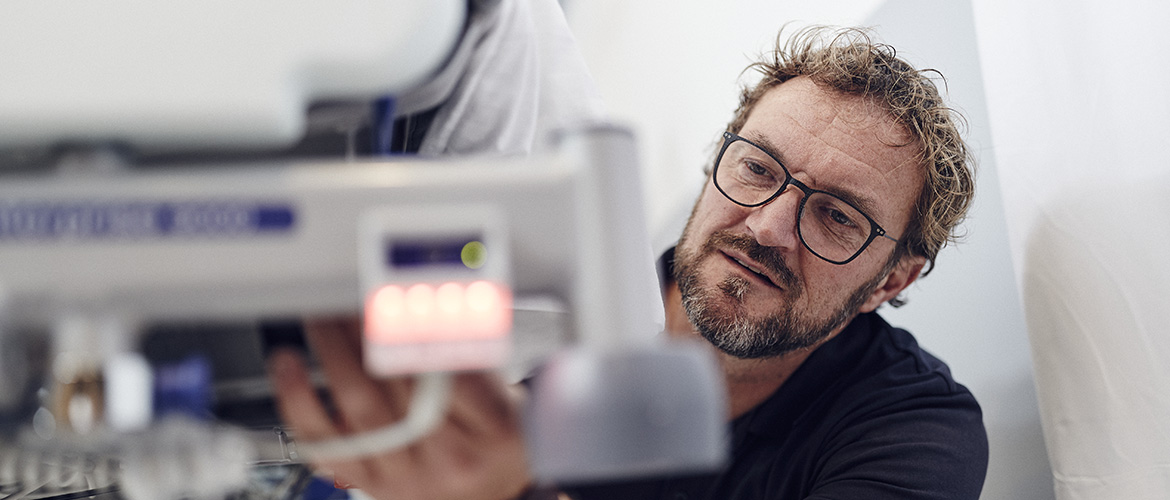6 Key benefits of preventive maintenance of medical equipment
2024-06-24T13:00:00.0000000Z
Partnering with Arjo’s expert service team provides peace of mind towards ensuring equipment meets FDA compliance standards, while experiencing cost savings and safeguarding patient quality care.

Five key challenges of preventive maintenance
- Lack of expertise — Many healthcare facilities struggle to find trained medical equipment technicians who have the knowledge and skills to perform preventive maintenance tasks. This can lead to inadequate maintenance and equipment failures.
- Limited resources — Preventive maintenance requires time, money, and resources, which are often in short supply in healthcare facilities. This can make it difficult to prioritize preventive maintenance and allocate adequate resources to it.
- Aging equipment — As medical equipment ages, it can become more difficult to maintain and repair. As a result, this can lead to increased downtime and higher costs for preventive maintenance.
- New technology — The rapid advancement of medical technology can make it challenging to keep up with the latest equipment and maintenance requirements.
- Communication — Effective communication and coordination between different departments and teams is critical for successful preventive maintenance. However, this can be difficult to achieve in large, complex healthcare organizations.
Six key benefits of preventive maintenance
- Increased equipment lifespan — Regular preventive maintenance can extend the lifespan of medical equipment, reducing the need for costly replacements and saving money in the long run.
- Sustained patient safety — Properly maintained medical equipment is more likely to provide accurate results, which can help healthcare providers to diagnose and treat patients more effectively.
- Increased operational efficiency — Preventive maintenance can help to reduce the likelihood of equipment failures, which commonly leads to disruptions in patient care. As this factor is reduced, healthcare organizations can improve the overall efficiency and productivity of healthcare facilities.
- Increased medical asset utilization — The maximizing medical asset utilization benefit, in short, means extending the usability and availability, while also improving reliability.
- Reduced risk of equipment failure — By identifying and addressing potential issues before they become major problems, preventive maintenance can reduce the risk of equipment failure and breakdowns.
- Enhanced reputation — Healthcare facilities that prioritize preventive maintenance are more likely to be perceived as reliable and trustworthy by stakeholders. This can improve the reputation of the facility and enhance its overall credibility.
Talk to an Arjo Service Expert
Learn more about Arjo’s cost savings and how we can safeguard your patient quality care by speaking with an Arjo Service Expert, who will respond to your request in a timely manner.